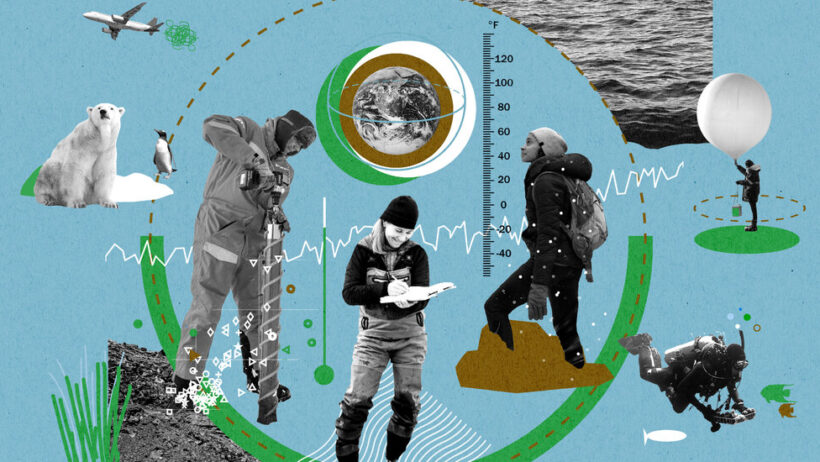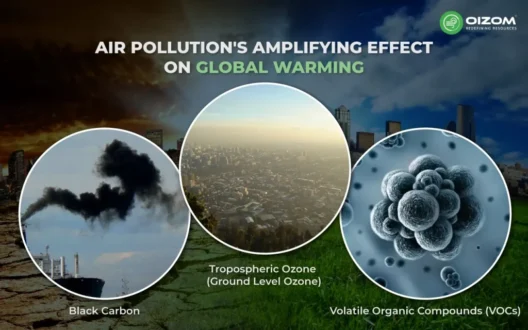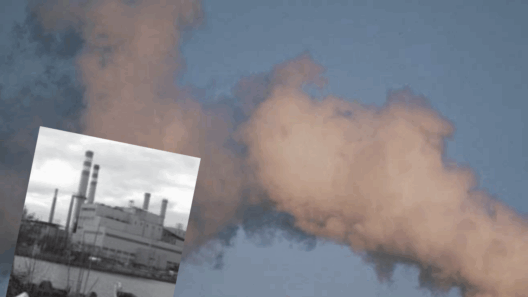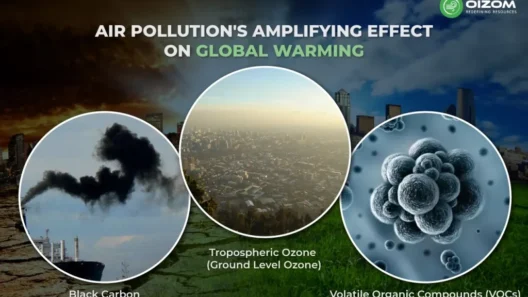As humanity embarks on an unprecedented journey of development and expansion, it is crucial to recognize the profound ramifications of our actions on the planet’s climate. The evidence is unequivocal: humans are the primary catalysts for the alarming trend of global warming. This exploration examines the intricate mechanisms through which human activities catalyze climate change, delving into historical contexts, current practices, and the consequential impacts on our environment.
The Industrial Revolution initiated a seismic shift in human civilization, marking a departure from agrarian economies to industrialized powerhouses. This era heralded technological advancements but also resulted in the exponential emission of greenhouse gases (GHGs), primarily carbon dioxide (CO2) and methane (CH4). Fossil fuel combustion not only powered industries but also transformed transportation, leading to an insatiable appetite for energy that permeated every facet of modern life.
Carbon dioxide, the quintessential greenhouse gas, has seen atmospheric concentrations surge by over 40% since the advent of the Industrial Revolution. The burning of coal, oil, and natural gas constitutes the lion’s share of these emissions. Furthermore, deforestation exacerbates the issue; trees that once absorbed CO2 are felled to make way for agriculture or urbanization, thus compounding the atmospheric burden.
However, to grasp the full scope of humanity’s role in this phenomenon, we must delve into agricultural practices. Agriculture is responsible for nearly a quarter of all GHG emissions. Livestock farming, in particular, is a major contributor, emitting significant quantities of methane—an incredibly potent greenhouse gas. Ruminants like cows and sheep produce methane through enteric fermentation during digestion, and this gas has a global warming potential drastically greater than that of carbon dioxide over a short-term horizon.
The conversion of natural ecosystems into farmland significantly alters the land’s carbon sequestration capabilities. While disparate agricultural practices can mitigate or exacerbate emissions, monoculture farming, which prioritizes a single crop yields over biodiversity, often necessitates the use of chemical fertilizers. These fertilizers not only emit nitrous oxide—a greenhouse gas that is nearly 300 times more potent than CO2—but also lead to soil degradation and reduced resilience against climate change.
Urbanization is another critical factor driving climate change. As cities expand, they create ‘urban heat islands’ where temperatures exceed those of surrounding areas. The proliferation of concrete and asphalt increases heat absorption, while increased energy consumption for cooling exacerbates the GHG emissions problem. Public transportation systems often lag behind, leading to increased reliance on personal vehicles, which further drives fossil fuel emissions.
Industrial processes, too, are significant contributors to climate change. Manufacturing, construction, and waste management industries are notorious for their high energy demands and resultant emissions. For instance, cement production alone accounts for approximately 8% of global CO2 emissions. The extraction, processing, and transportation of raw materials require extensive energy and often result in further emissions. Initiatives to enhance energy efficiency in these sectors are crucial, yet the urgency of the climate crisis necessitates comprehensive systemic change.
Despite the dire ramifications of these practices, there exists a silver lining: humanity possesses the capacity to catalyze positive change. Renewable energy technologies, such as solar, wind, and hydropower, offer a viable path toward a sustainable future. Transitioning from fossil fuels to renewable resources can drastically curtail emissions and contribute to climate stabilization. Innovations in battery storage and grid management are essential to harness the full potential of renewable energies, allowing for a seamless energy transition.
Nevertheless, shifting to renewable sources is merely one facet of a holistic approach to mitigating climate change. Adopting sustainable practices across various sectors is imperative. For instance, regenerative agriculture not only focuses on yields but actively seeks to restore soil health and biodiversity. Techniques such as crop rotation, cover cropping, and agroforestry enhance carbon sequestration, while also fostering resilience against climate-related disruptions.
Moreover, enhancing energy efficiency across residential, commercial, and industrial settings is vital. Implementing smart technologies, retrofitting buildings, and promoting energy-efficient appliances can significantly reduce overall consumption. These initiatives can be supported through policy frameworks that incentivize sustainability and penalize excessive emissions.
Public engagement is pivotal in this endeavor. Awareness campaigns can elucidate the links between individual actions and broader climatic consequences. From reducing single-use plastics to advocating for public transportation, grassroots movements empower individuals to partake in the global effort against climate change. Investing in education to increase understanding of ecological footprints can fortify this movement.
Additionally, international cooperation is paramount. Climate change knows no borders, and its ramifications are global. International agreements, such as the Paris Accord, aim to unite countries in a collective quest for emissions reduction and climate resilience. However, actual progress hinges upon the commitment of nations to comply with set targets—a multifaceted endeavor that requires concerted effort across developed and developing countries alike.
Ultimately, while the implications of human actions are grave, there exists an opportunity for profound transformation. By scrutinizing our practices, adopting innovative technologies, and fostering a culture of sustainability, humanity can eschew the grim trajectory of climate change and embrace stewardship of the planet. The time for dialogue and apathy is past; it is now a moment for action, reflection, and systemic change. Only through concerted efforts can we hope to mitigate our impact and ensure a habitable planet for generations to come.








